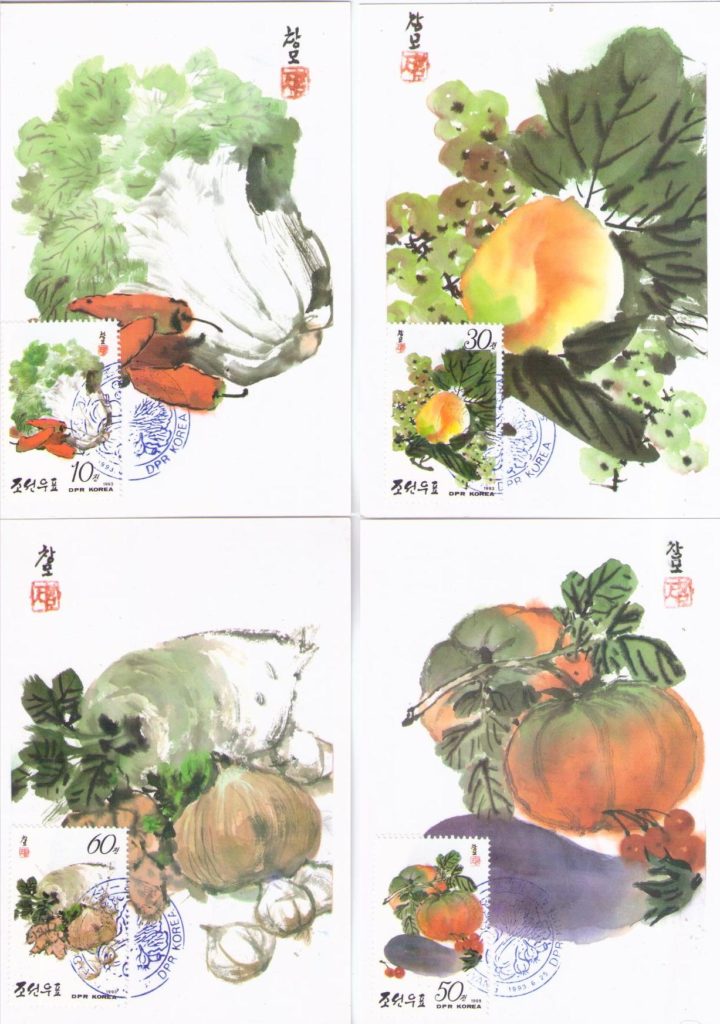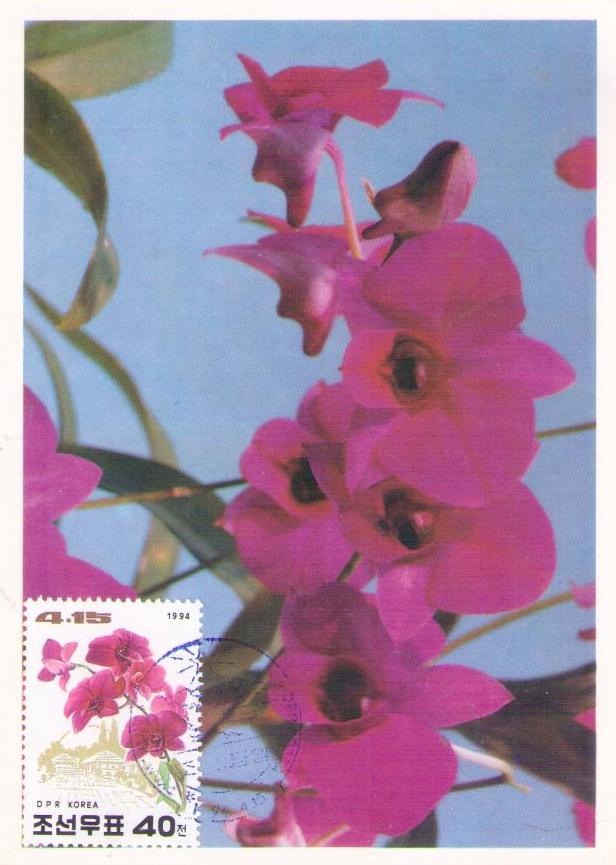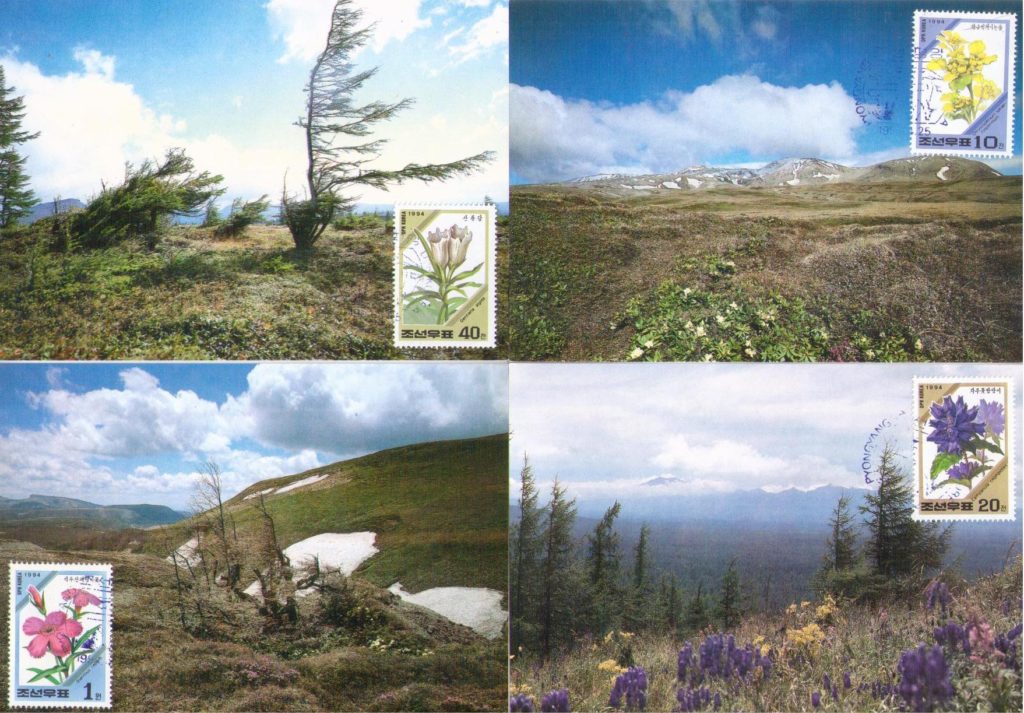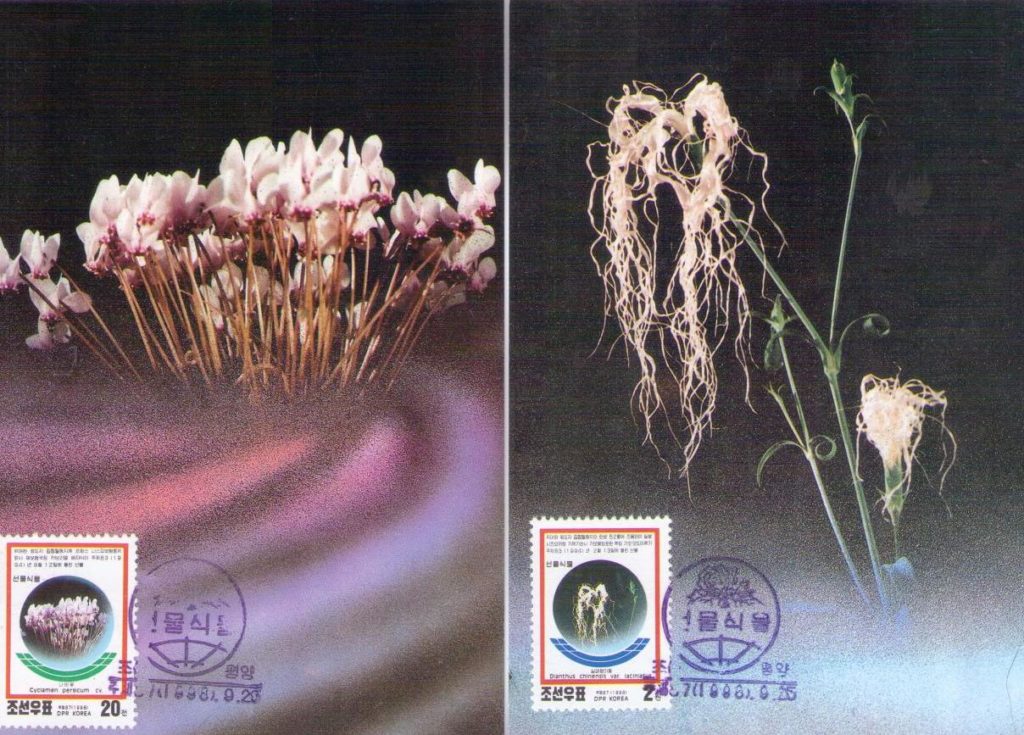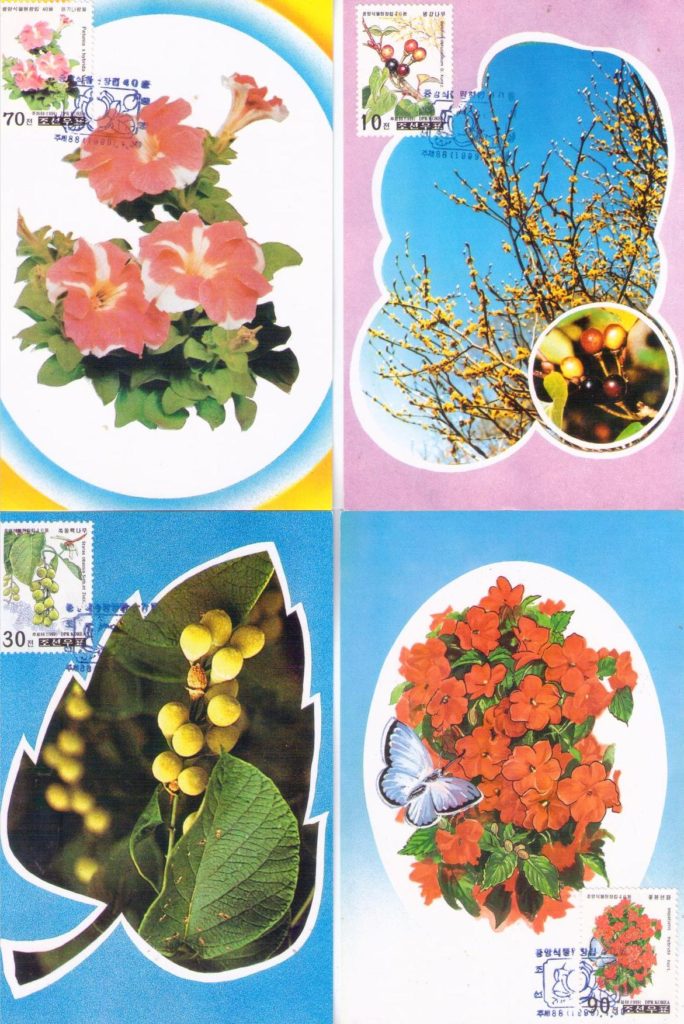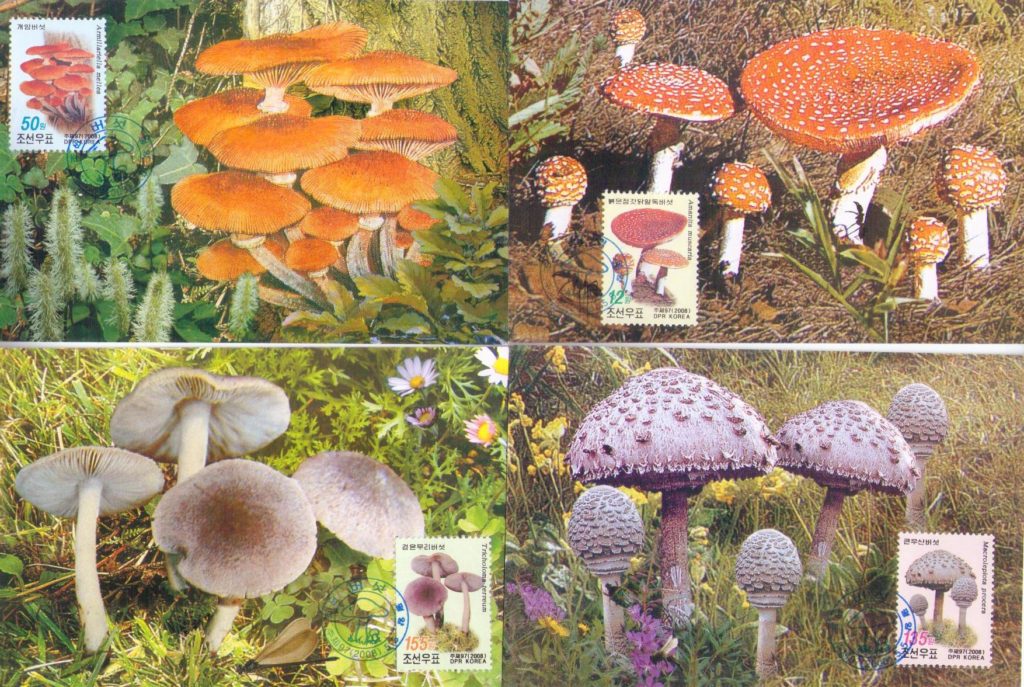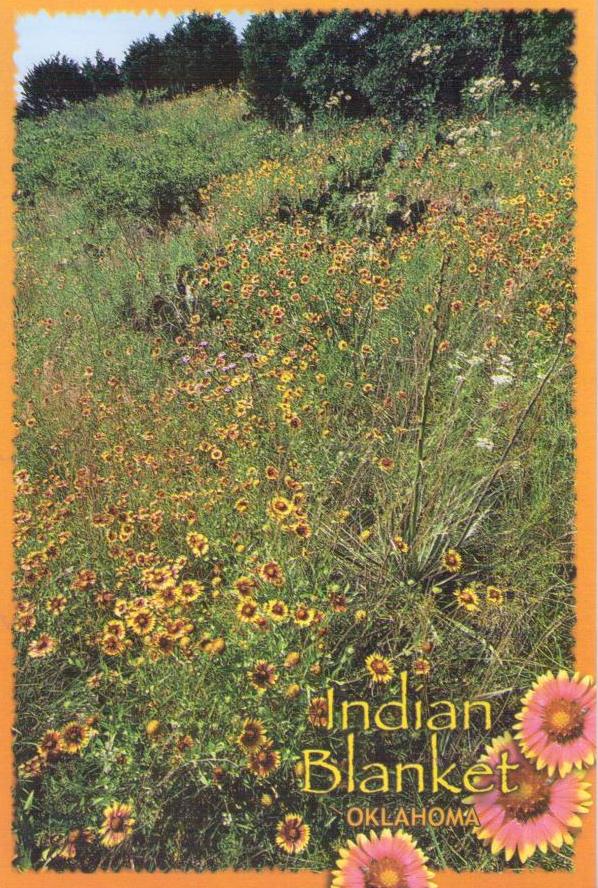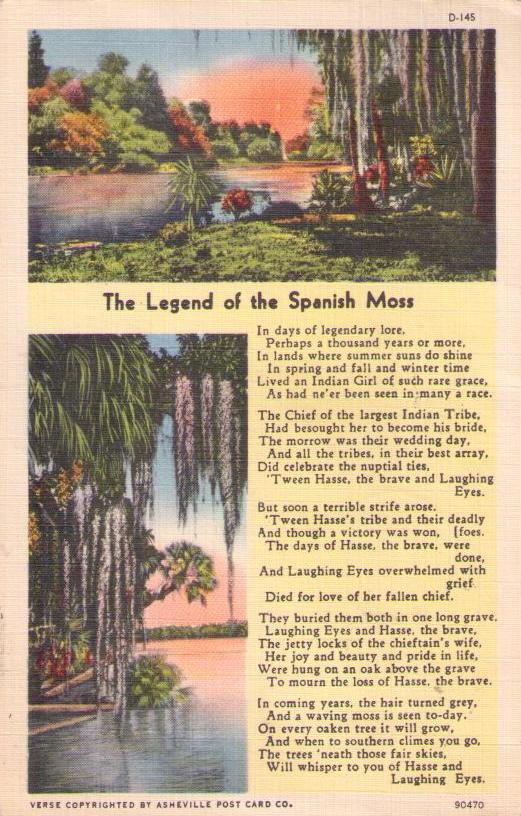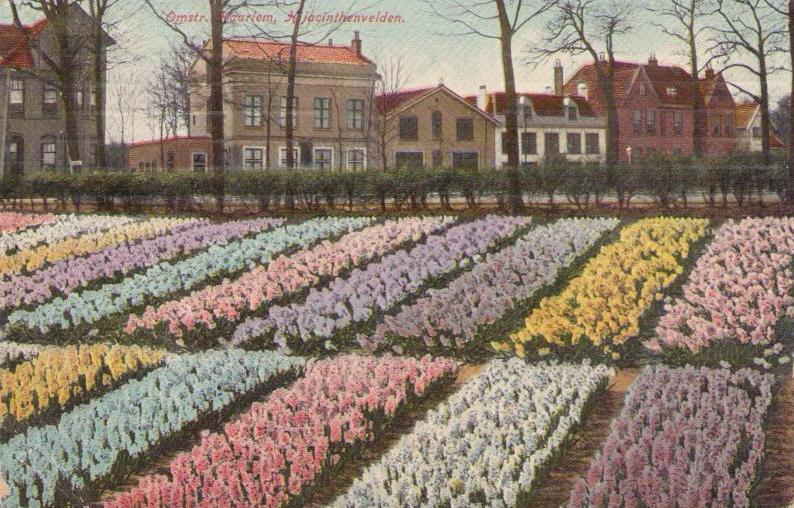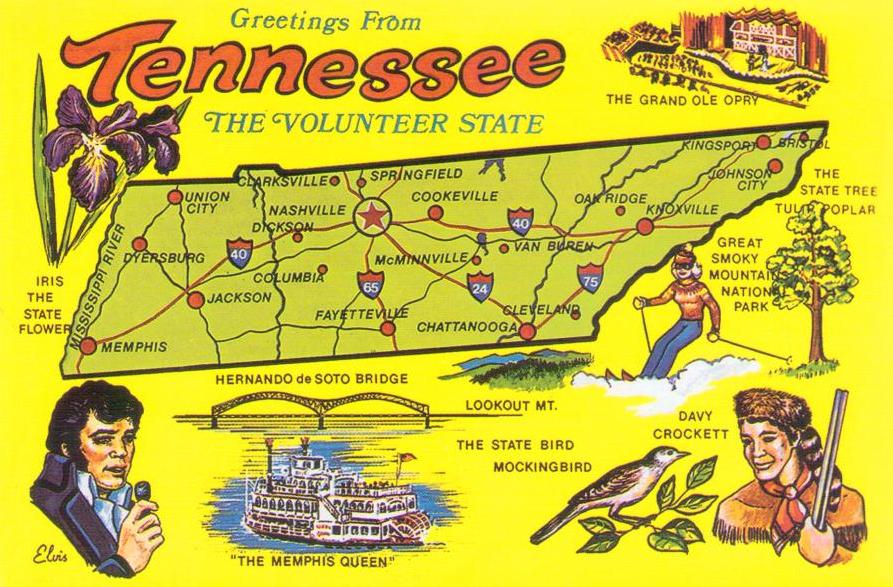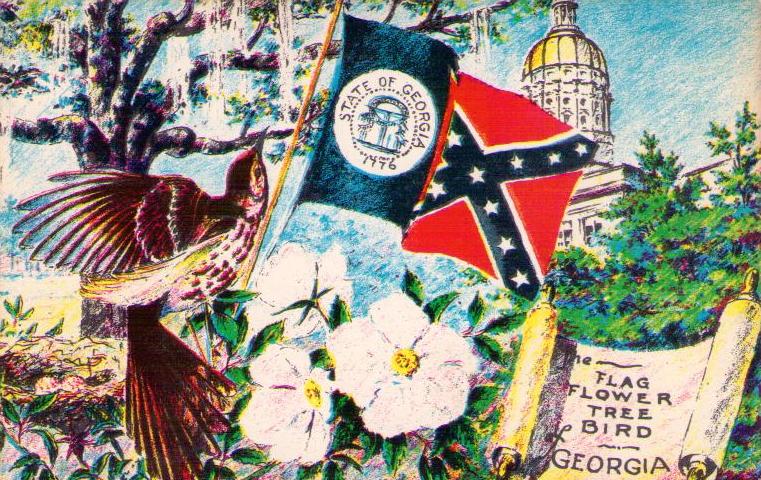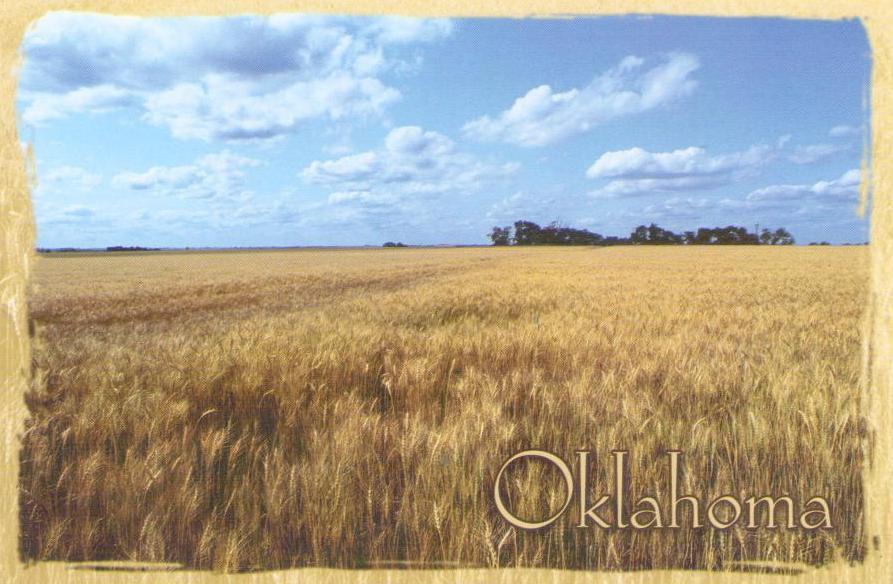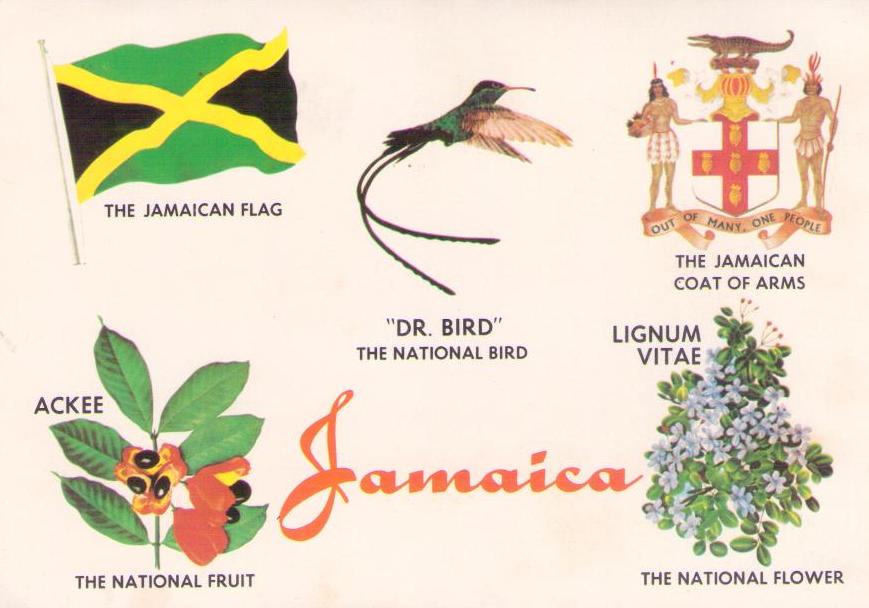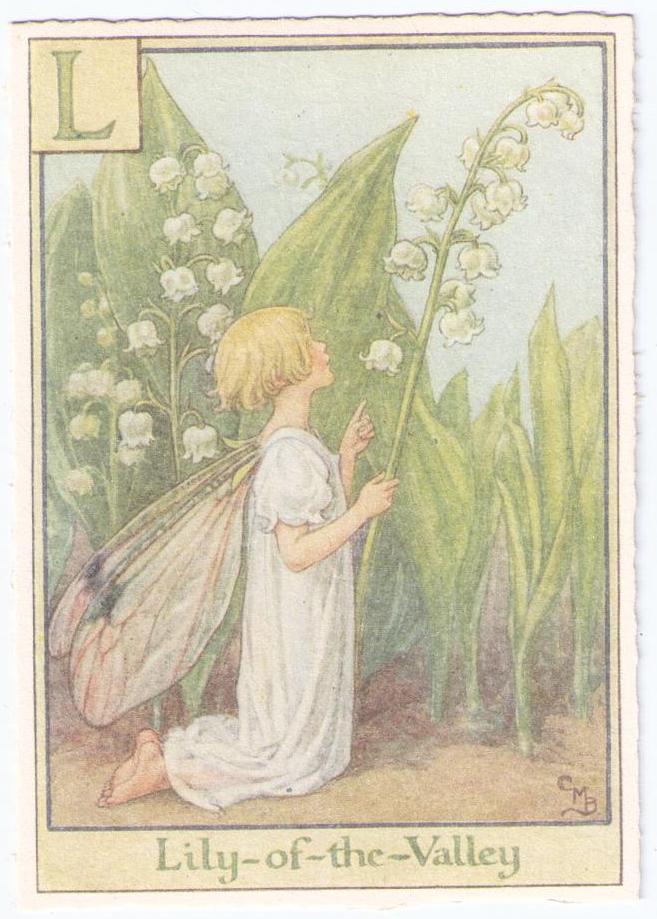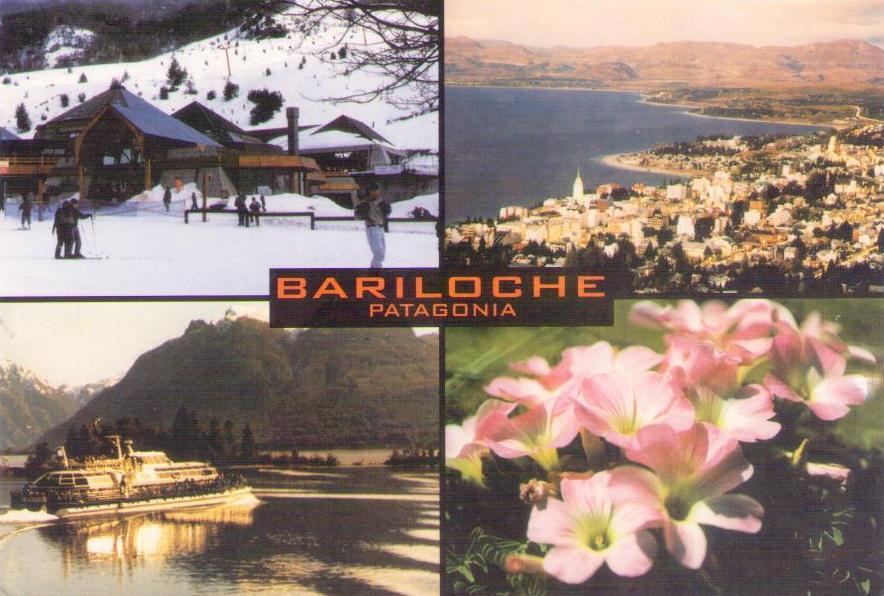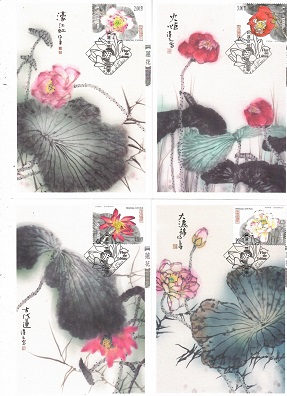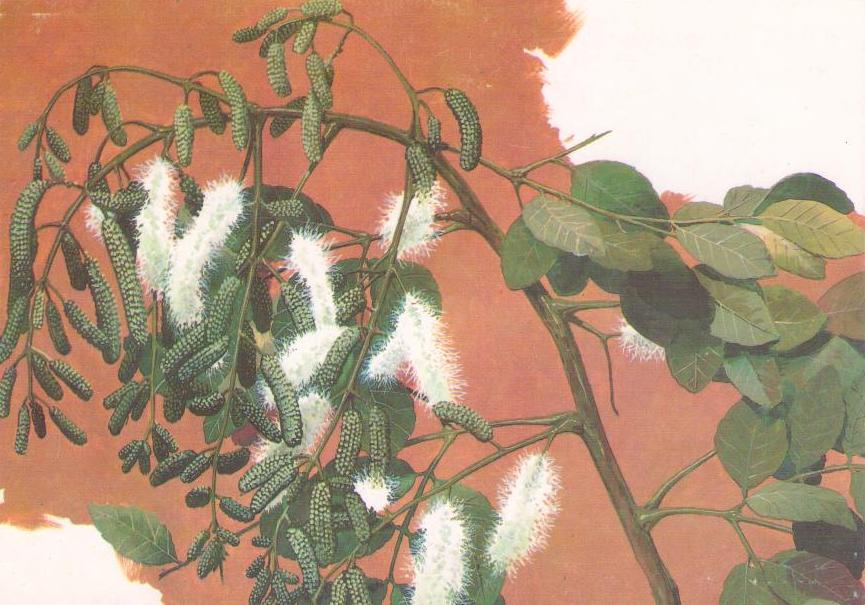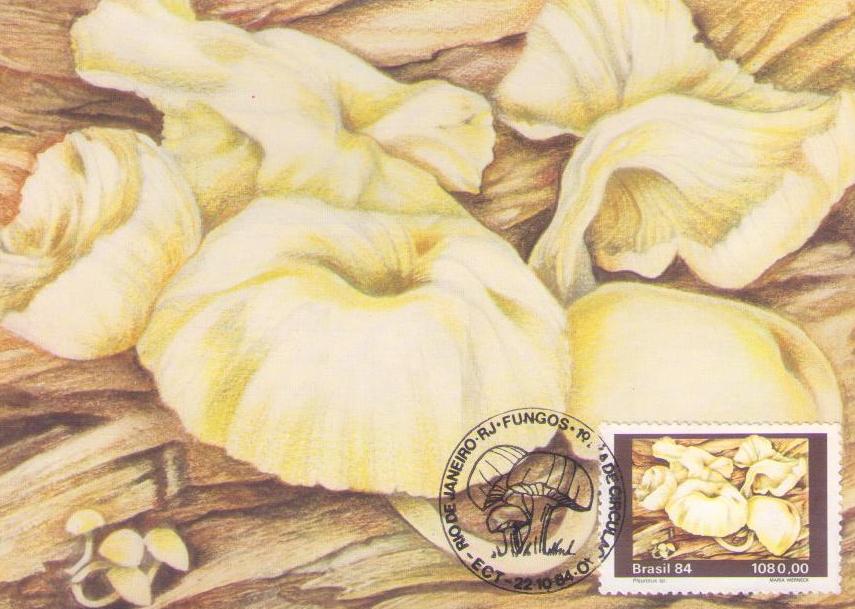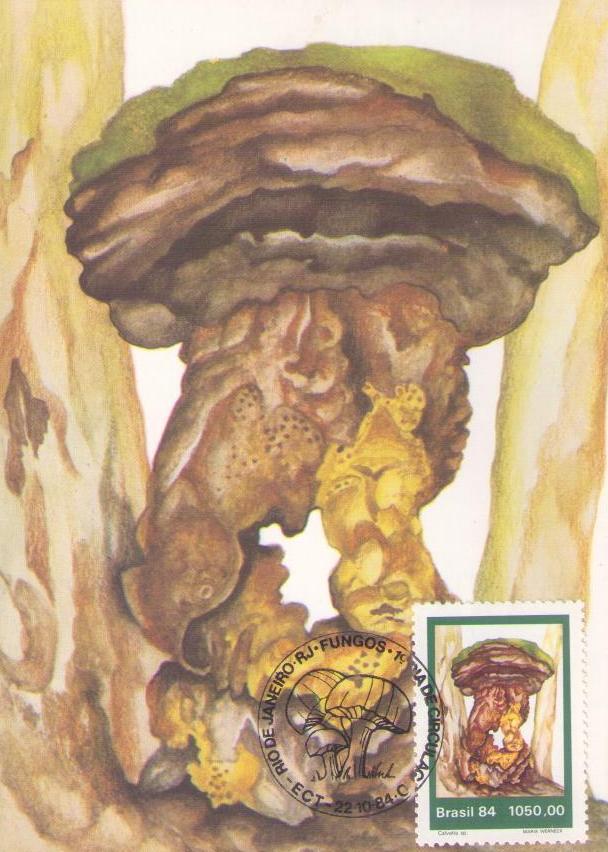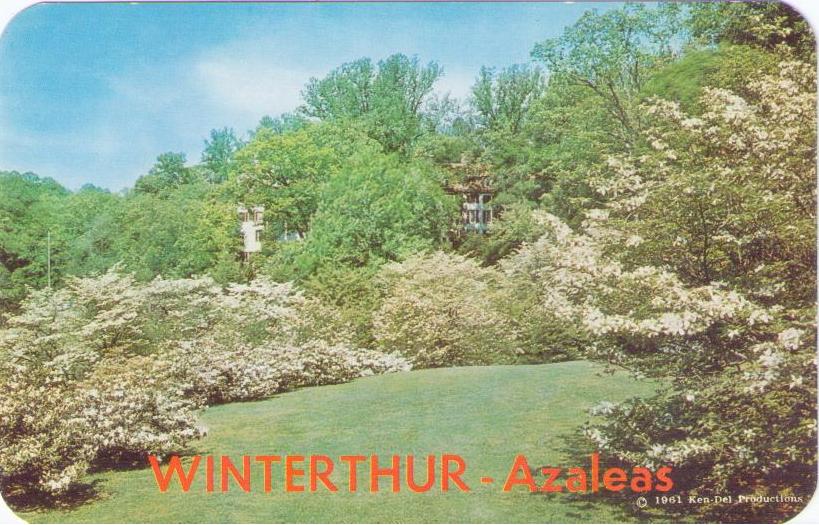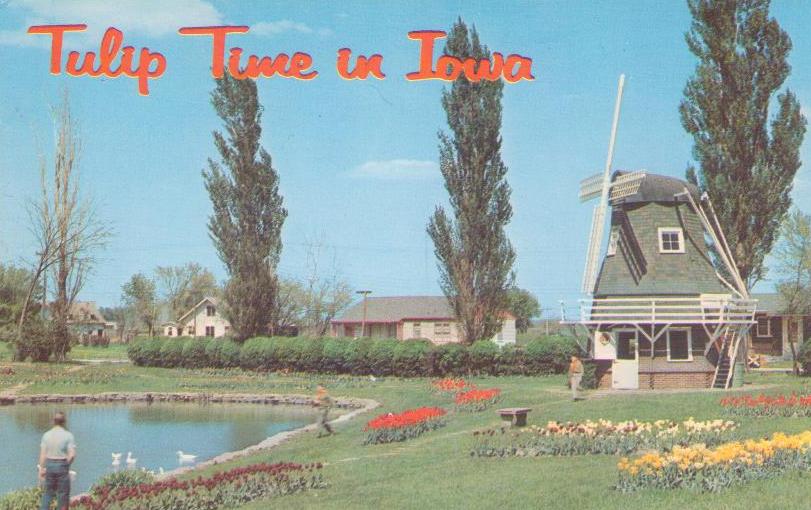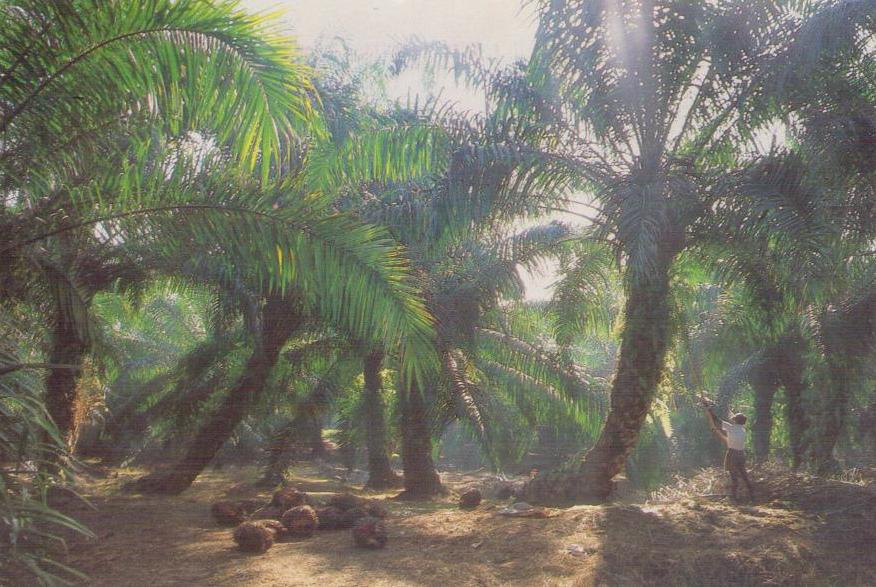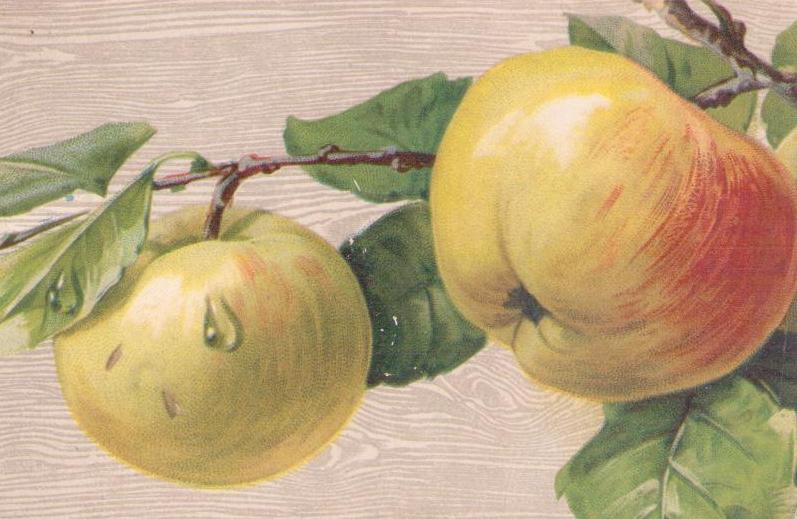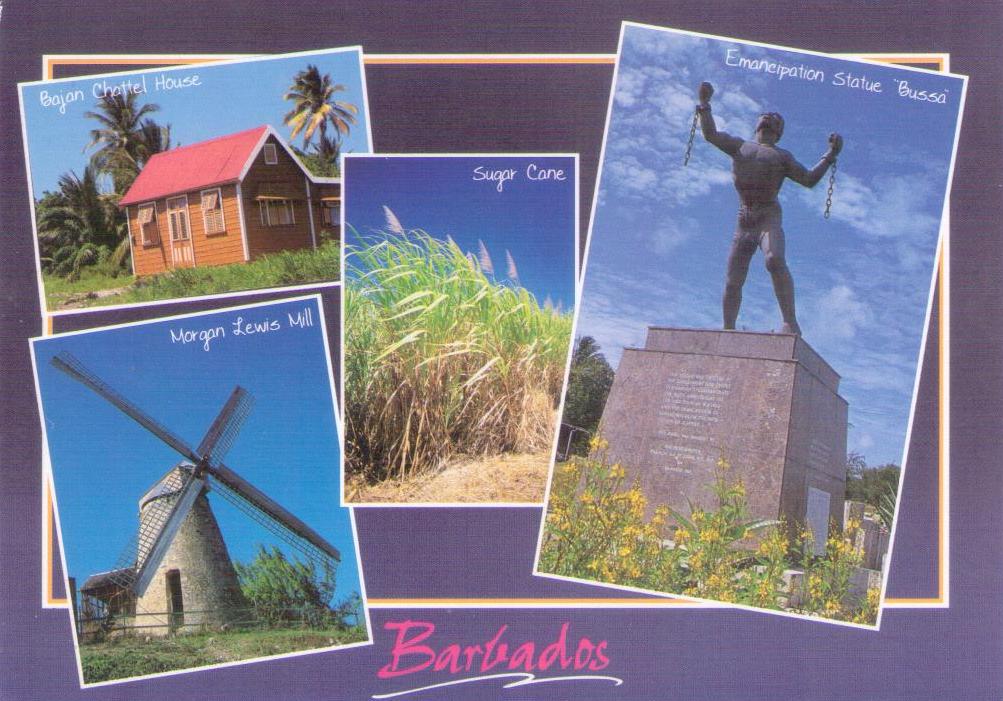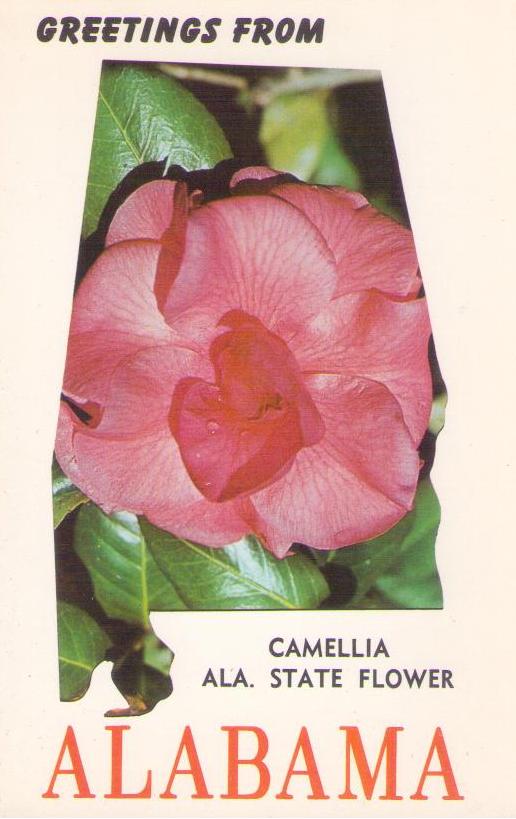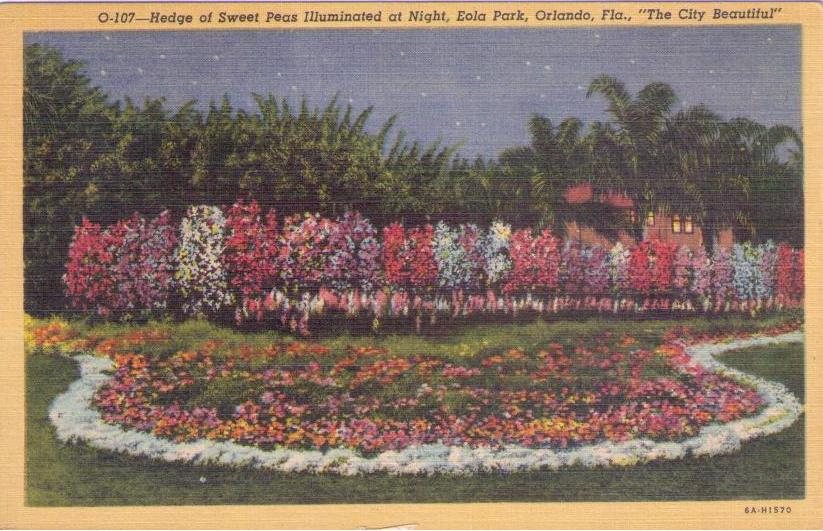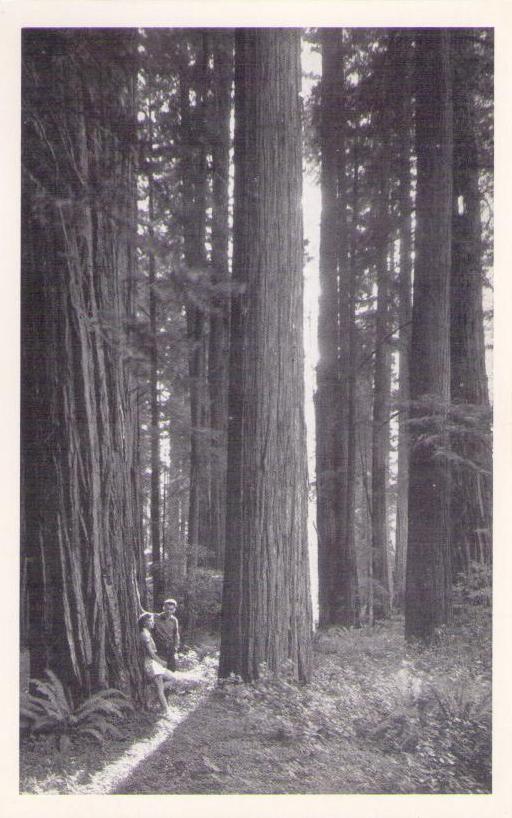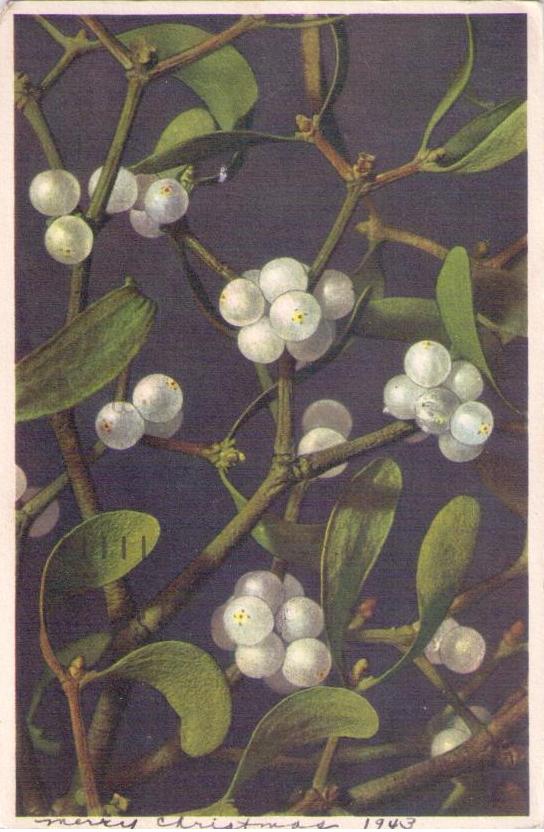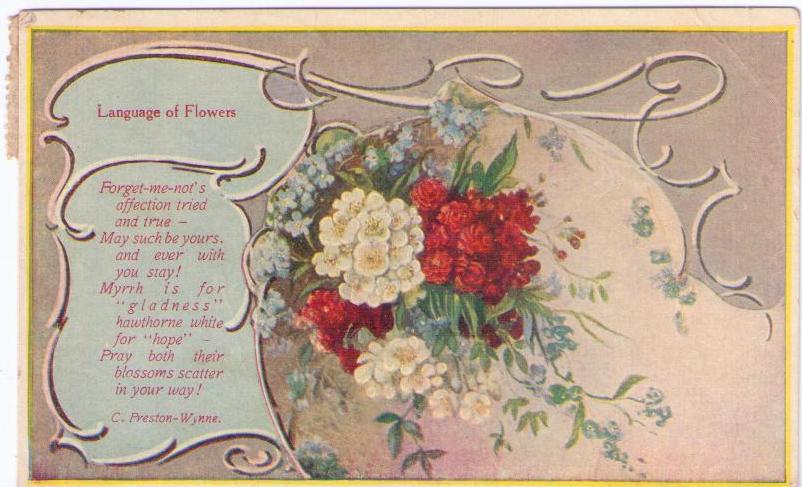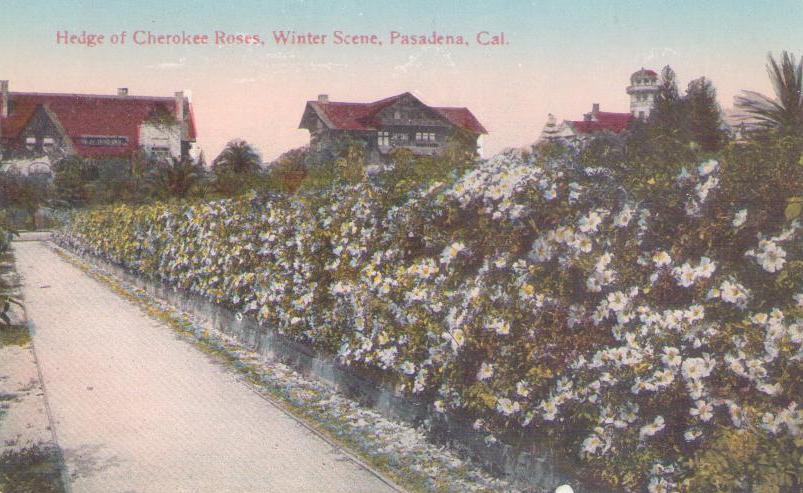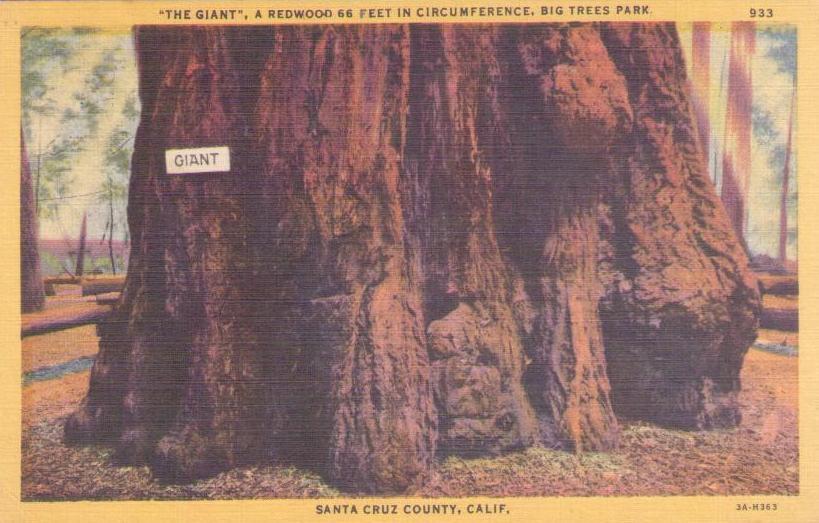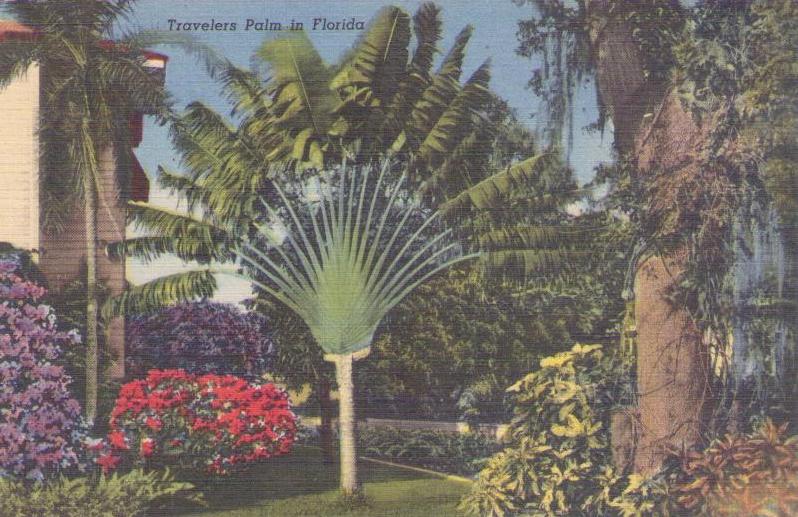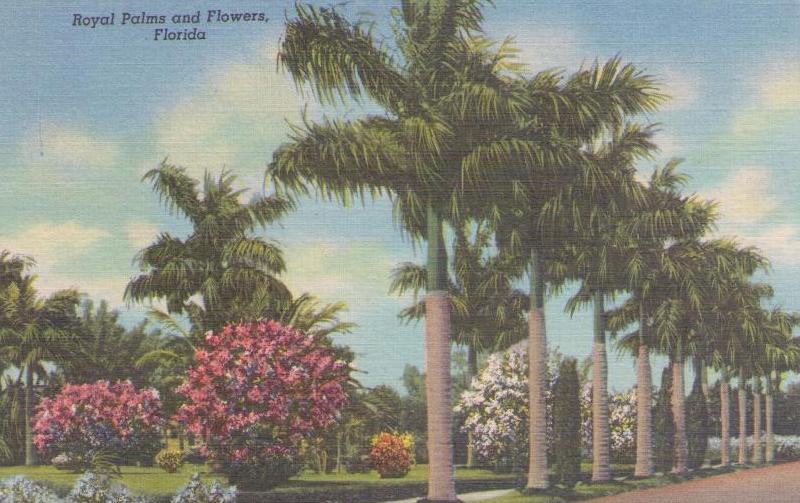-
Fruits and vegetables (set of six) (Maximum Cards) (DPR Korea)
The scan shows four of the six cards in this set, to give you the idea. Unused, from 1993, and identically captioned in Korean and English (“Fruits and Vegetables”). Grade: 1
-
Kimilsungia (Maximum Card) (DPR Korea)
Have you been searching for a Kimilsungia postcard? This one’s for you. Unused maximum card from 1994, captioned in Korean and then the flower’s name in western letters. Grade: 1
-
Nature (set of six) (Maximum Cards) (DPR Korea)
“Nature” in this case means a set of six unused maximum cards from 1994, of which four appear in the scan. All are captioned in Korean and with the scientific names of the respective foliage, which–if you would like to know–are: Chrysosplenium sphaerospermum, Campanula cephalotes, Dianthus repens, Gentiana algida, Sedum kamtschaticum, and Trollius macropetalus. (Why do we do this? Two reasons: someone might really want to know, and we need all the search engine visibility we can get for this website.) Grade: 1
-
Mushrooms (set of three) (Maximum Cards) (DPR Korea)
Set of three unused maximum cards from 1995, captioned in Korean and with the scientific names: Amanita caesarea, Russula atropurpurea, and Russula virescens. Somehow, it’s reassuring to be able to tell you that all three varieties are edible. Grade: 1
-
Plants (set of two) (Maximum Cards) (DPR Korea)
This set of two unused 1998 maximum cards has extensive Korean-language captions, though the scientific names are there in the fine print on the stamps. Grade: 1
-
Botanical (set of four) (Maximum Cards) (DPR Korea)
Unused set of four maximum cards from 1999. Though captions are only in Korean, the scientific names are in western lettering on the stamps. Just this once, we’ll leave that research to you. Grade: 1
-
Mushrooms (set of five) (Maximum Cards) (DPR Korea)
A set of five unused cards from 2002. As often happens, the captions are in Korean only, but the stamps have the scientific names. This time, we’re just going to move along and not write them, but if you really want to know, ask us. Grade: 1
-
Mushrooms (set of four) (Maximum Cards) (DPR Korea)
Here, in a set of four unused maximum cards from 2008, are Armillariella mellea, Tricholoma terreum, Macrolepiota procera, and Amanita muscaria. Two of the four seem to be edible. But you know how it is with mushrooms. Bilingual captions. Grade: 1
-
Botanicals (set of four) (Maximum Cards) (DPR Korea)
Set of four unused maximum cards from 2009. All captions are on the fronts. Do you speak Korean? We continue to be amazed by the difference between what Google Translate produces, and what we think should be the true meaning. As an example, see 수 삼 나 무 on top of the card with the 160 stamp. One would think that should be the name of the tree. The translator generates: “Be swallowed or non-“. Anyway … Grade: 1
-
Flowers (set of six) (Maximum Cards) (DPR Korea)
Six unused maximum cards from 1989. They are captioned in Korean and with the scientific names. Our scan shows at least the stamped part of each card, and to compensate for not showing all of the photos, we will give you all of those scientific names: Tulipa gesneriana, Anthurium andreanum, Clivia miniata, Gerbera hybrida, Narcissus pseudonarcissus, and Rhododendron obtusum. We like the name “Narcissus pseudonarcissus,” as if it couldn’t decide what it wanted to be: it’s a wild daffodil. Grade: 1
-
Indian Blanket – Oklahoma State Wildflower
Unused card. Grade: 1
-
Butterfly Milkweed (Kansas, USA)
Unused. Grade: 1
-
The Legend of the Spanish Moss
What is it about Spanish Moss that people only want to write poems about it? The card was mailed in 1959 with a 3-cent stamp and full Florida postmark. Aging, but still Grade: 1
-
Omstr. Haarlem, Hijacinthenvelden (Netherlands)
Hyacinths. We believe, but aren’t 100% certain, that this card was mailed in 1909. The stamp is there, along with two postmarks … Grade: 1
-
Blue Bonnets (Texas)
Unused E.C. Kropp card 20138. Grade: 1
-
Greetings from Tennessee, The Volunteer State – Iris
Unused, a card for many categories. The iris is the state flower. Grade: 1
-
Cherokee Rose and Live Oak (Georgia, USA)
Why no map? Unused, heavily aged card from 1956 and the Georgia Federation of Women’s Clubs. Grade: 2
-
Wheat (Oklahoma, USA)
Unused card. Grade: 1
-
Ackee and Lignum Vitae (Jamaica)
Unused card with minor age spotting and smudging on the reverse. Grade: 2
-
Lily-of-the-Valley
Unused, sturdy card produced in Florence (Italy). Grade: 1
-
Cuye (Oxalis enneaphylla) (Argentina)
Views on this card include Cerro Catedral, Isla Victoria, and Cuye (Oxalis enneaphylla). Not postally used, but with a scribble in the stamp area. Grade: 3
-
Flor de Lotus (Maximum Cards) (set of 4) (Macau)
Official CTT set BPL 219-222 from 2017, not “pure” maximum as the stamps and postmarks don’t match exactly, but close enough for us to call them that. Each lotus variety is identified in Chinese and Portuguese, and just allow us the observation that we wish these excellent efforts from the Macanese Government were just a little less formal and clinical. But of course we are highly subjective. Grade: 1
-
40 Anos da Sociedade Botanica do Brasil – Mimosa caesalpiniifolia Benth
Unused, official Correios e Telegrafos commemorative card with serial number 13317. Aging. Grade: 2
-
Fungos – Pleurotus sp. (Maximum Card) (Brazil)
In English, Fungos = fungi, and so it is, on this unused maximum card issued in 1984 by Correios e Telegrafos, with serial number 037229. There is some postmark ink transfer on the reverse, caused by stacking at source. Grade: 2
-
Fungos – Calvatia sp. (Maximum Card) (Brazil)
In English, Fungos = fungi, on this unused maximum card issued in 1984 by Correios e Telegrafos, with serial number 022275. Notably aging. Grade: 2
-
Azaleas (Delaware, USA)
Unused 1961 postcard, rounded corners. Grade: 1
-
Tulip Time in Iowa (USA)
Unused Plastichrome card P14083, aging significantly but clean otherwise. Grade: 2
-
Greetings from New Mexico, Cotton Field and Florida Mountains (USA)
This unusual combination of scenic elements appears on unused Curteichcolor card 6DK-1923. If U.S. Highway 70-80 is still there, you can see for yourself, near Deming. Grade: 1
-
Oil Palm Plantation (Malaysia)
Mailed in 1993 with two different stamps and blue “Mel Udara” (airmail) label and full if blurry postmark. Grade: 1
-
Apples
On September 11, 1908, Mamma wrote to Esther: “Remember the day”. Written but not posted, not to worry, Mamma, we’ll remember. Grade: 4
-
Greetings from Barbados, Cultural Collage
Unused 4-3/4″ x 6-3/4″ card. The locations are all identified in the caption; in this case, sugar cane. Grade: 1
-
Greetings from Alabama – Camellia (USA)
Older Dexter Press card 30500-B, unused except for a name lightly inked on the reverse. Grade: 3
-
Hedge of Sweet Peas (Orlando, Florida, USA)
Unused linen Curteich-Chicago linen-style card 6A-H1570, showing some handling. Grade: 2
-
Giant Redwoods (California)
Old, unused, B&W card. Grade: 1
-
Mistletoe (USA)
Mailed as a Christmas card in 1943, with stamp and two different postmarks. Note that the greeting is written along the bottom edge. Grade: 3
-
Language of Flowers
Mailed in 1910, with stamp and postmark. The message is fading; the caption (and the poem itself) are … well … unusual. Grade: 2
-
Pasadena, Hedge of Cherokee Roses, Winter Scene (California)
Unused old card. Grade: 2
-
Santa Cruz County, “The Giant” (California)
Unused Stanley A. Piltz Pictorial Wonderland linen postcard 3A-H363 (933). Aging appropriately. Grade: 1
-
Travelers Palm in Florida
Unused, aging Curteich-Chicago linen card 9B-H994. Grade: 1
-
Royal Palms and Flowers (Florida, USA)
Unused Curteich-Chicago linen card 0B-H1526 (Tropical Florida Series 252 F). Grade: 1

